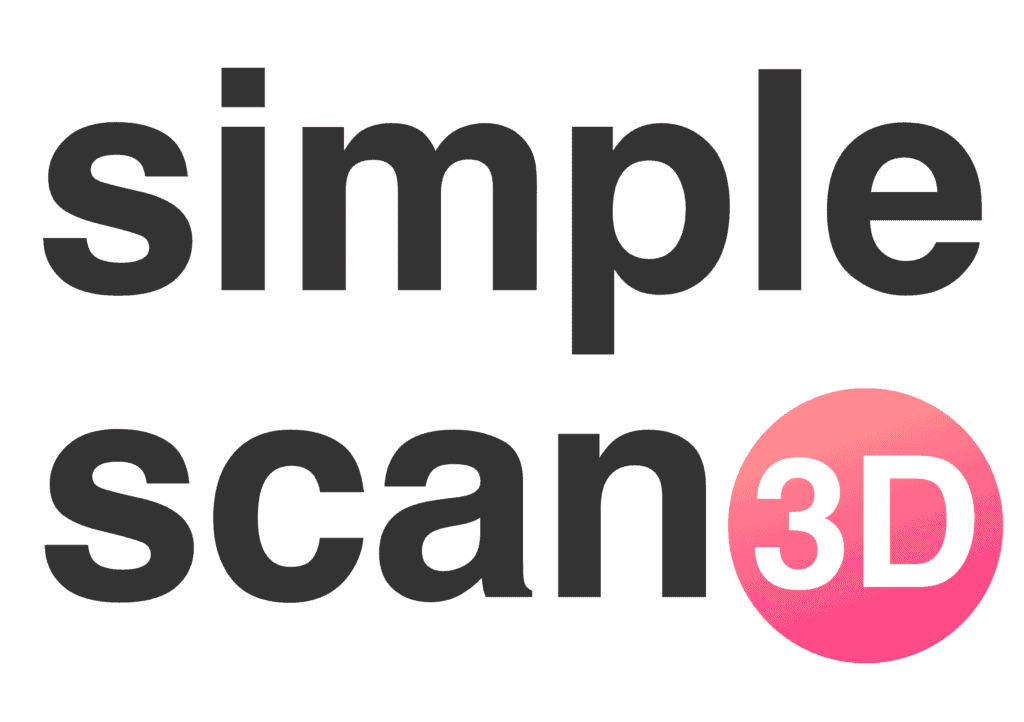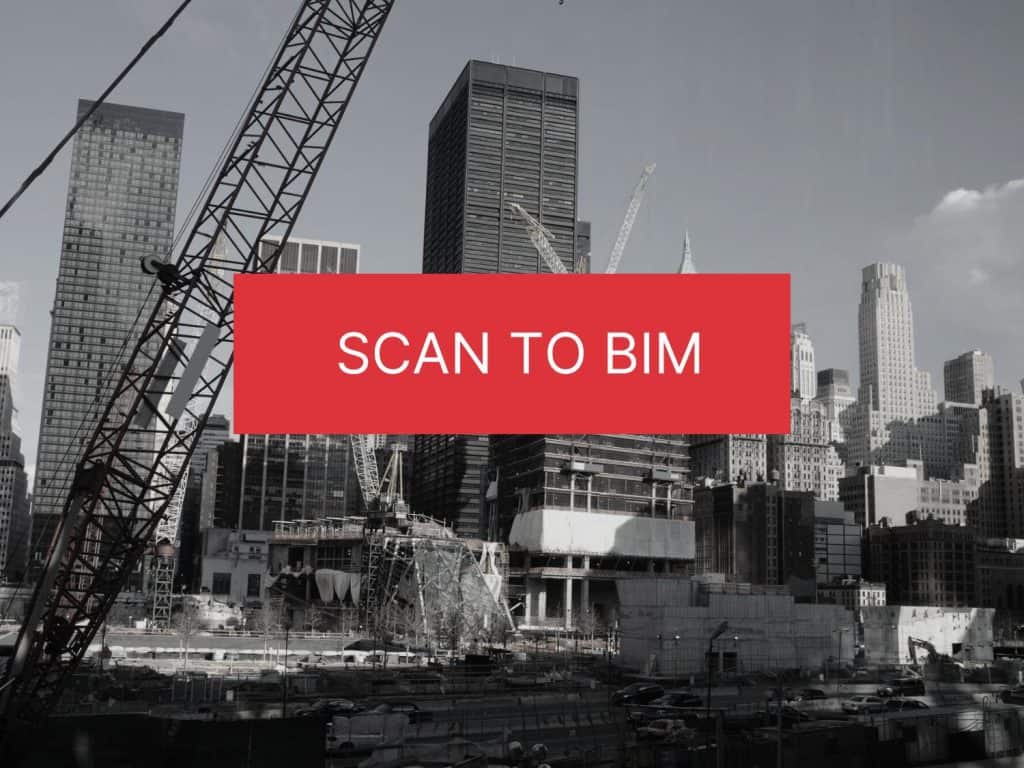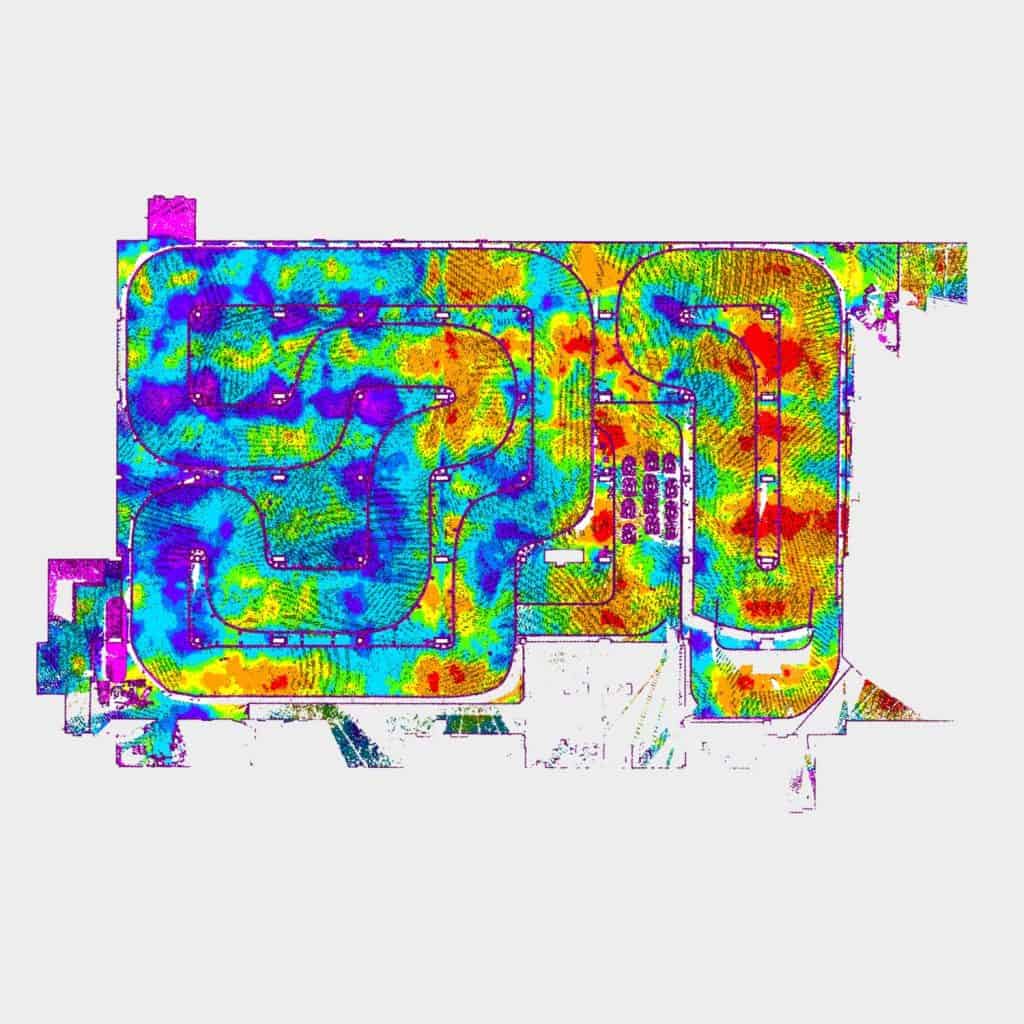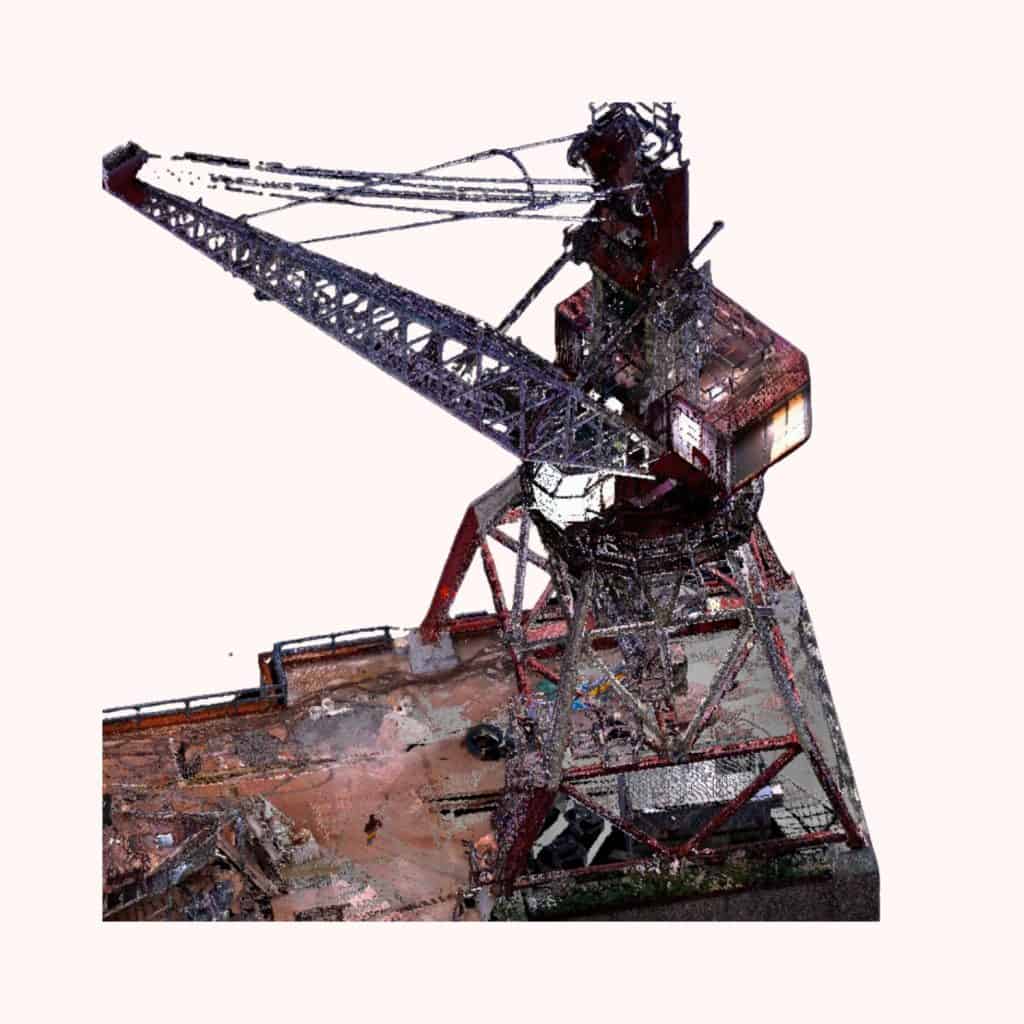3D scanning has revolutionized the construction industry, transforming workflows and delivering unparalleled efficiency and accuracy. This innovative technology enables the rapid capture of precise data, empowering AEC professionals to make better decisions, optimize processes, and mitigate risks.
The Benefits of 3D Scanning in Construction
- Enhanced Accuracy: 3D scanning eliminates the potential for human error inherent in traditional measurement methods, resulting in highly accurate data that can be relied upon throughout the project lifecycle.
- Improved Efficiency: By capturing data quickly and efficiently, 3D scanning streamlines workflows, reducing the time and resources required for site surveys, documentation, and design.
- Clash Detection: 3D models generated from scan data enable early identification of potential clashes between different building components, allowing for proactive design adjustments and avoiding costly rework during construction.
- Better Communication: 3D models and visualizations facilitate clear and effective communication between project stakeholders, including architects, engineers, contractors, and owners, promoting a shared understanding of the project’s scope and objectives.
- Increased Safety: 3D scanning can be used to create virtual walkthroughs of construction sites, enabling safety assessments and identification of potential hazards before work begins, reducing risks for workers and improving overall safety.
Applications of 3D Scanning in Construction
- As-Built Documentation: 3D scanning can be used to create accurate as-built documentation of existing structures, providing a valuable record for future renovations, maintenance, and repairs.
- Topographic Surveys: 3D scanning can capture detailed information about the terrain and features of a construction site, facilitating site planning and grading activities.
- Structural Analysis: 3D models generated from scan data can be used to perform structural analysis, evaluating the load-bearing capacity of existing structures and ensuring the integrity of new designs.
- Building Information Modeling (BIM): 3D scan data can be integrated into BIM workflows, enhancing the accuracy and coordination of design and construction information.
- Prefabrication: 3D scanning can be used to create precise 3D models of components for prefabrication, enabling off-site manufacturing and reducing the time and cost of on-site construction.
The Future of 3D Scanning in Construction
As technology continues to advance, the applications of 3D scanning in construction are expected to expand even further. With the increasing adoption of 3D scanning and BIM, the construction industry is poised for a transformative shift towards greater efficiency, accuracy, and safety.
If you’re interested in learning more about how 3D scanning can benefit your construction project, contact us today. We can provide you with expert advice and guidance on how to implement this innovative technology into your workflow and achieve optimal results.







